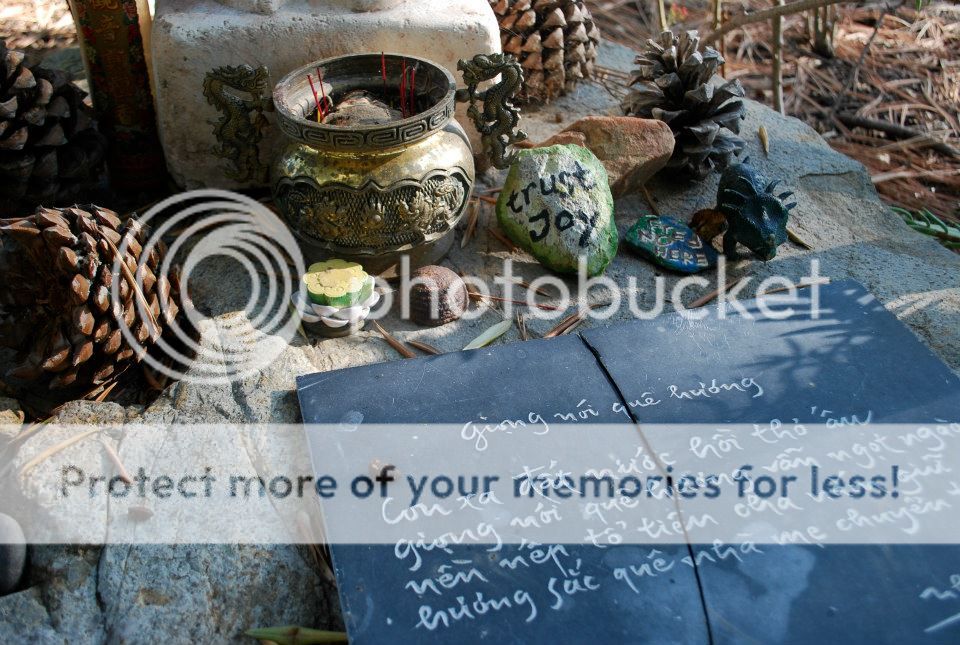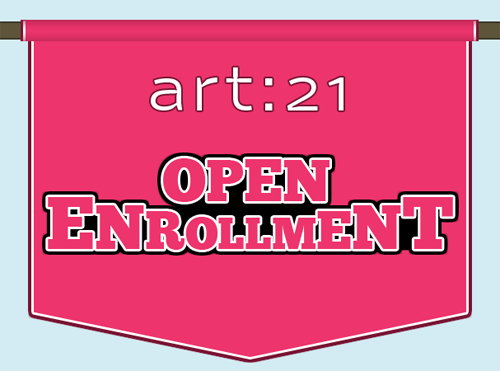
Most recently I’ve been taking a course in the practice of self-management. Self-management means different things in different fields, but for business, education, and psychology practitioners it centralizes around “methods, skills and strategies by which individuals can effectively direct their own activities toward the achievement of objectives” (wikipedia.org). This includes goal setting, decision making, focusing, planning, scheduling, task tracking, self-evaluation, self-intervention, and self-development. On the surface it is all very Buddhist-y, kumbayah-ish, but honestly the practice is so much more than that. I have seen it neatly fit into my own life as an arts manager, and lately I’ve been thinking about the benefits mindfulness can give to all arts practitioners, including managers, artists, and students.

There are tons of resources out there for anyone interested in mindfulness practices. UCLA has an entire center, the Mindfulness Awareness Center, which focuses on the science. They offer a series of classes and retreats for anyone interested, but so do many other institutions, including some monastic centers. It’s worth a Google search if you want to know more. About a week ago I had the chance to go on one of these retreats at a Monastery near San Diego. For the weekend, I practiced living like a Buddhist nun, eating, walking, meditating in virtual silence for two whole days. It was challenging and completely foreign, but a great resource to hook into my arts management tool belt. The thing that was most shocking to me though, was that while I was there on retreat, I felt overwhelmingly compelled to make work, which, admittedly, is not something I’ve wanted to do since I graduated with my BFA. It’s the whole reason I’m not in school right now getting my MFA. Yet the feeling was interesting to me, so as I tracked it (I’ll get into that in a minute), it made me wonder if mindfulness practice could be beneficial to practicing artists who are stuck or struggling, or just want another way to help them approach their work.
I don’t really intend to get spiritual here, but mindfulness is technically one of the seven factors of enlightenment, according to Buddha. It has been adapted in Western psychology as a therapeutic application for anxiety and stress disorders, but basically what you (the practitioner) are trying to do is bring your complete attention to the present experience on a moment-to-moment basis in an entirely non-judgemental way. Meditation practice is all about figuring out how your mind is relating to what is showing up when you sit with yourself and focus on a particular thing, be it a mantra or your breath.
My own path to mindfulness practice followed a 1, 2, 3 pathway aided by guided meditation recordings provided by the professor. There are plenty of resources out there if you’d like to download your own. First in the sequence are grounding meditations. Grounding is basically calming down your PNS (peripheral nervous system), paying attention to sensations, and really just letting them be. Then comes meditation that builds attention. The goal here is to stabilize a wandering mind and return to attention. Often useful when you feel scattered or have too much in your mind. Lastly is actual mindfulness meditation, the goal of which is to make conscious the unconscious, create choice, and attend to components of experience. Mindfulness is about observing, taking the attention you’ve cultivated and direct it to your awareness. You are essentially increasing the intelligence of how you make sense of your own experiences.
Knowing this, I do wonder how mindfulness training could help artists and organizations through transitional or troublesome times. In my own life, mindfulness has helped me just simply slow down. It’s made me less reactive and more in tune with my emotions, triggers, and sensations within my body. It has made me more acute to stressors. I strongly encourage anyone who at the very least has been piqued by this (very very very) short overview of the practice to do more research. I encourage any artists who have used this method in their own working practice to share your successes or your struggle in the comments section below.




